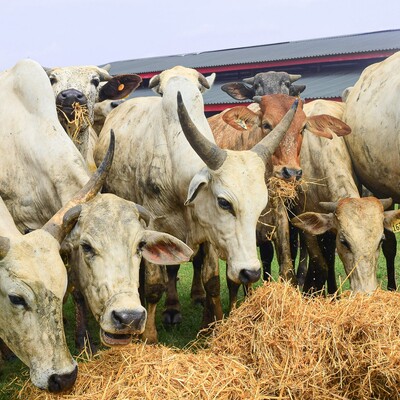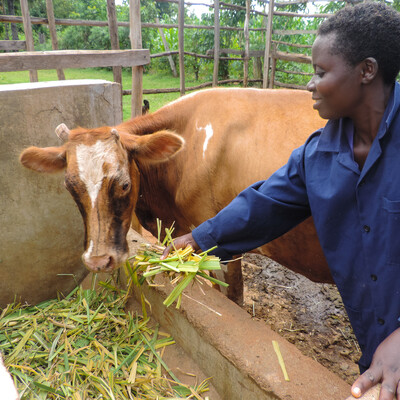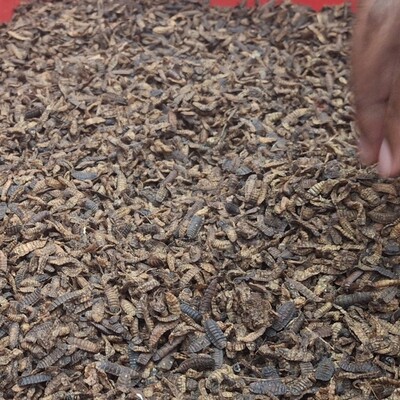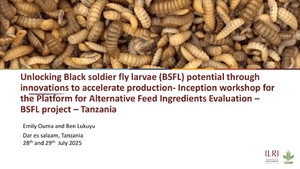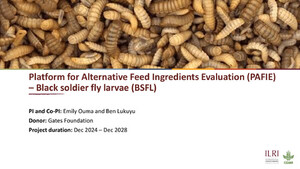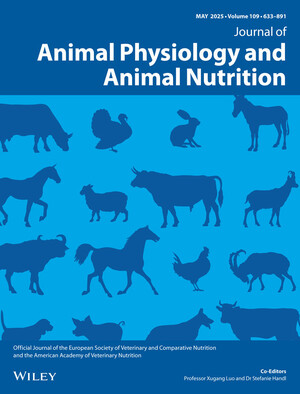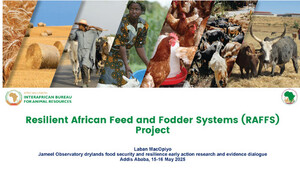
Irrigated forages improve livestock productivity and livelihoods in Ethiopia
By Aberra Adie and Michael Blummel
Despite having Africa’s largest livestock population, Ethiopia has not realized the full benefits from the sector due to low animal productivity which is attributed to many factors, the foremost being poor quality and inadequate feed resources. Researchers in the country are exploring the production of supplemental green fodder using irrigation in smallholder farming systems in the highlands as a way of improving animal feeding which is expected to diversify household income while securing adequate animal-source foods for smallholder families.
This six-minute video describes the work of the International Livestock Research Institute (ILRI) and the Amhara Region Agricultural Institute, which worked with farmers in Robit-Bata kebele (sub-district) in the Amhara region through the Innovation Lab for Small Scale Irrigation (ILSSI) project, to introduce the cultivation of irrigated Napier grass (ILRI 16786). Starting in 2015, 17 farmers each planted an average of 100m2 of the forage with several farmers choosing to intercrop forage legumes with the Napier grass to increase feed quantity and quality and maintain the soil nutrient base.
The number of direct beneficiaries planting irrigated forages grew from 17 in 2015 to 183 in 2017. Currently, more than 400 farmers have benefited from the irrigated fodder initiative in the project site and many others have benefited indirectly through field days and farmer-to-farmer experience sharing events. At the same time, the land area assigned to irrigated forages by individual farmers grew from 100m2 to 1,000m2 on average.
Before the introduction of cultivated forages, farmers in the area used water resources to grow khat – a stimulant perennial crop which, though socially and religiously unacceptable, earned them a good profit. But some have now abandoned the crop in favour of forage farming. When asked why they are opting to grow forages, farmers said that since adopting forage farming, they make more money from the sale of milk and have other benefits from their better fed livestock such as calves, manure for soil fertilization and biogas. Moreover, they said that khat farming required the use of large amounts of pesticide which forage farming does not need. They added that irrigating forages uses less labour and water compared to khat, though researchers in the project have yet to determine the extent.
The improved forage supply has increased milk yields helping farmers secure dairy-based food sources for their families and led to an emerging milk market in the area. Information from 10 farmers indicated that their milk yield has increased from 2.3lt to 4.6lt/day/local cow from the use of irrigated forages. Current farm-gate price of milk is ETB13 (USD0.46)/lit and some farmers who have 3–4 milking local cows make ETB1,170–1,560/month. The income grows to ETB4,000-5,000/month for farmers owning 3-4 crossbred cows.
These results have drawn the attention of other farmers and government officials who have expressed interesting in scaling up the intervention to other areas of the country.
The ILSSI project researchers are currently carrying out on-farm research and demonstrations of more forage options, better conservation and forage utilization methods (chopping, mixing, etc.) in the highlands.
The researchers are also working with the farmers to find solutions to water lifting challenges associated with the use of hand bucket pulling and traditional pulley methods and carrying it to farms. For example: the use of solar pumps coupled with drip lines to address the problem.
In the future, the project will work with livestock sector stakeholders to supply improved dairy breeds to farmers and ensure sustainable fodder and livestock markets.






